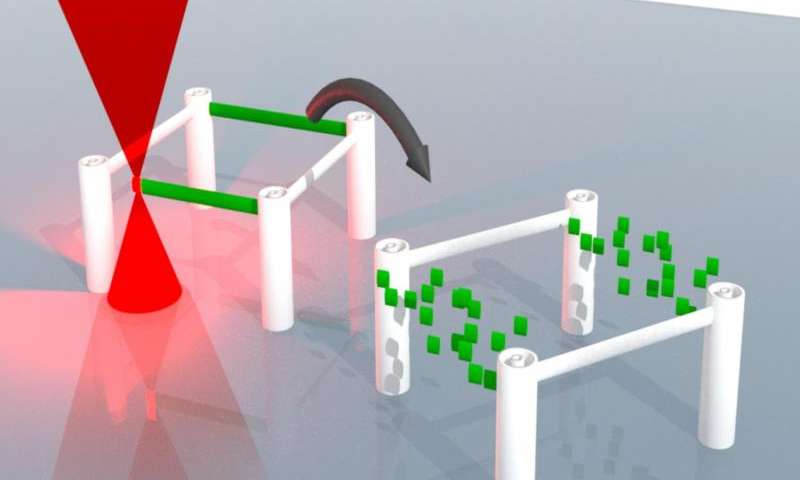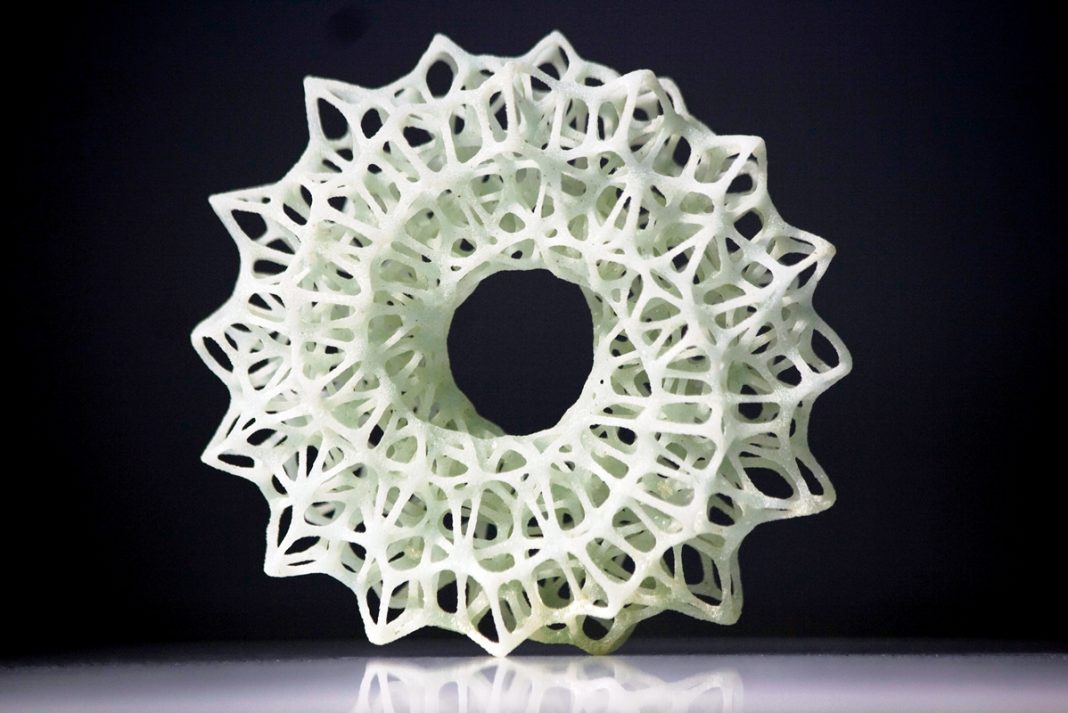A new method has been developed by researchers at the Karlsruhe Institute of Technology (KIT) that erases the ink used in 3D printing. It’s a breakthrough for the field of 3D printing that opens up lots of new applications and uses in the world of biology or materials science among other areas. Now, small 3D printed objects, up to 100nm in size, can be wiped out and reprinted as many times as needed.
3D printing uses direct laser writing which means a laser beam is used to generate a structure in a photoresist. Professor Christopher Barner-Kowollik of KIT’s Institute for Chemical Technology and Polymer Chemistry said, “Developing an ink that can be erased again was one of the big challenges in direct laser writing.” This new ink has reversible bonding so that the printed structure can be erased by simply immersing it in a chemical solvent. A new structure can then be reprinted. This process can be done repeatedly.

“The ink with defined breaking points can be used for a variety of applications,” says doctoral student and first author Markus Zieger. Support constructions similar to those used in bridge building can be produced by 3D printing and then removed later on. Some structures that have already been designed include designer Petri dishes that will grow cell cultures in three dimensions on the laboratory scale.
Professor Martin Wegener from the Institute of Applied Physics and the Institute of Nanotechnology of KIT explained, “During cell growth, parts of the 3D microscaffold could be removed again to study how the cells react to the changed environment.” Moving forward, the scientists have also worked out that it’s even possible to produce reversible wire bonds from erasable conducting structures too.
More News to Read











